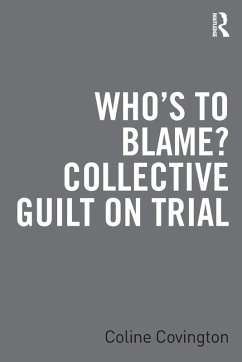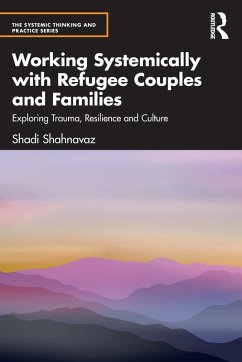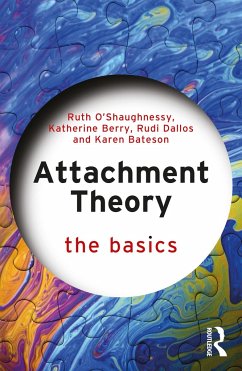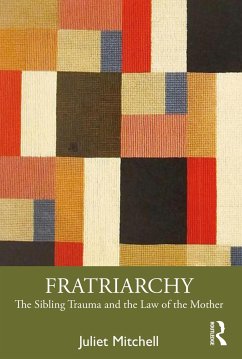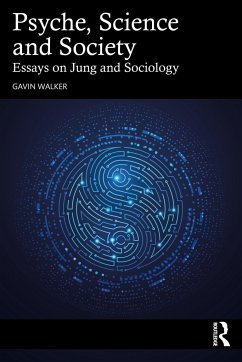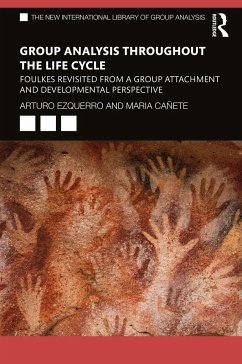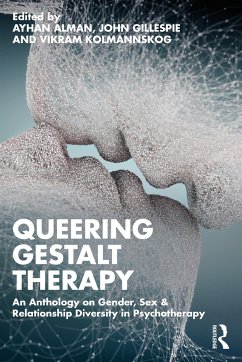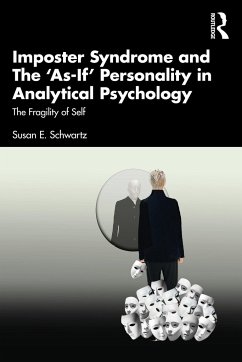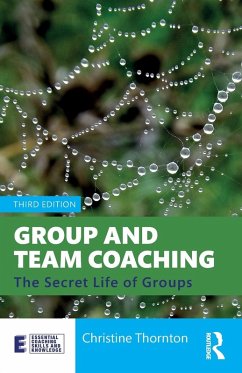
Child and Adolescent Psychoanalysis in a Changing World
Children on the Edge
Herausgegeben: Bronstein, Catalina; Flanders, Sara
Versandkostenfrei!
Versandfertig in 6-10 Tagen
34,99 €
inkl. MwSt.

PAYBACK Punkte
17 °P sammeln!
This book applies psychoanalytic insight to work with children and adolescents in a changing, often traumatic, world.Each chapter considers how psychoanalysis can develop and be developed, assessing how in the modern world, psychological disturbance and psychological trauma is manifest in new, unfamiliar ways. From new and different social and technological realities, to the internet, and new sexual discourse, each chapter explores how the analyst can hold onto fundamental psychoanalytic understandings of mental functioning, address the young patient's or family's need for containment, while r...
This book applies psychoanalytic insight to work with children and adolescents in a changing, often traumatic, world.
Each chapter considers how psychoanalysis can develop and be developed, assessing how in the modern world, psychological disturbance and psychological trauma is manifest in new, unfamiliar ways. From new and different social and technological realities, to the internet, and new sexual discourse, each chapter explores how the analyst can hold onto fundamental psychoanalytic understandings of mental functioning, address the young patient's or family's need for containment, while respecting the importance of drives, the varieties of psychosexuality, and the powerful impact of anxiety on psychological development. In relation to children, these authors disclose the potential destructiveness of impingements from adults on a precious, vulnerable development.
This collection is essential reading for all psychoanalysts and psychoanalytic psychotherapists, as well as other health and educational professionals working with children and adolescents.
Each chapter considers how psychoanalysis can develop and be developed, assessing how in the modern world, psychological disturbance and psychological trauma is manifest in new, unfamiliar ways. From new and different social and technological realities, to the internet, and new sexual discourse, each chapter explores how the analyst can hold onto fundamental psychoanalytic understandings of mental functioning, address the young patient's or family's need for containment, while respecting the importance of drives, the varieties of psychosexuality, and the powerful impact of anxiety on psychological development. In relation to children, these authors disclose the potential destructiveness of impingements from adults on a precious, vulnerable development.
This collection is essential reading for all psychoanalysts and psychoanalytic psychotherapists, as well as other health and educational professionals working with children and adolescents.





